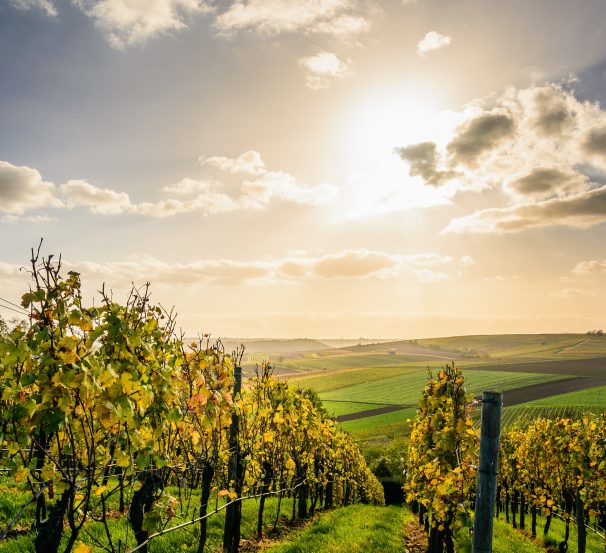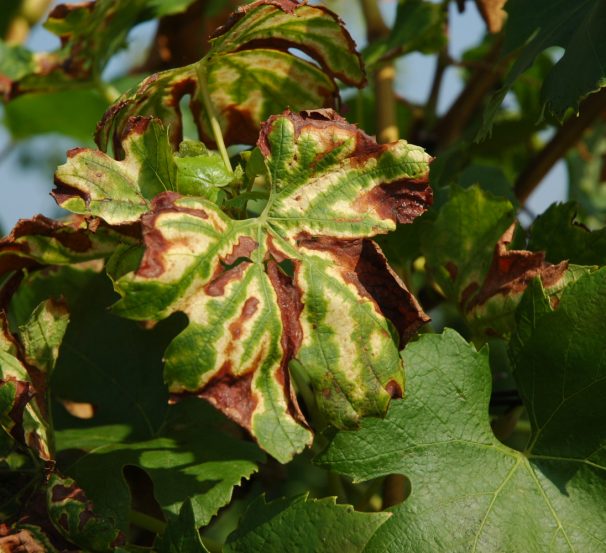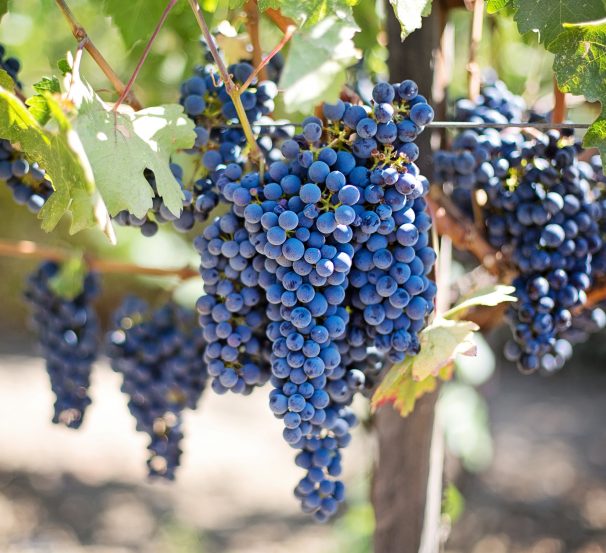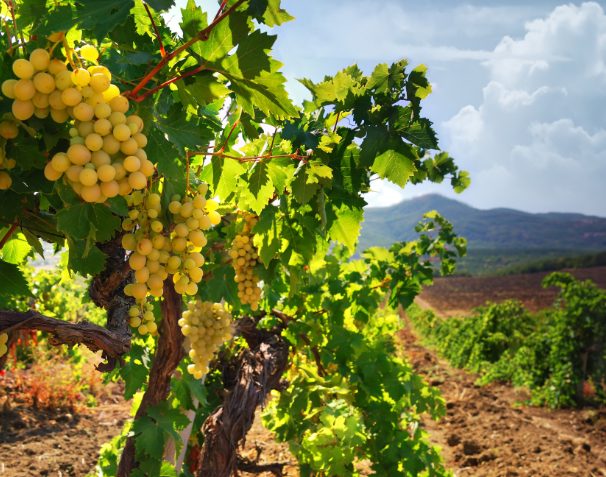Biocontrol and Biostimulation in Viticulture
Limiting phytosanitary inputs while maintaining productivity and superior quality at the crush is a key challenge for the wine growing industry. Practices are evolving towards the use of alternative or supplementary solutions that bring both technical and economical performance to winegrowers worldwide.
Biofungicides derived from microorganisms are efficient tools against fungal diseases such as Mildew, Oidium, Botrytis or ESCA/BDA. They allow the deployment of new integrated protection strategies in the vineyard. Additionally, biostimulants enhance vine flowering, secure fruit settlement, and guarantee optimum bunch development.





